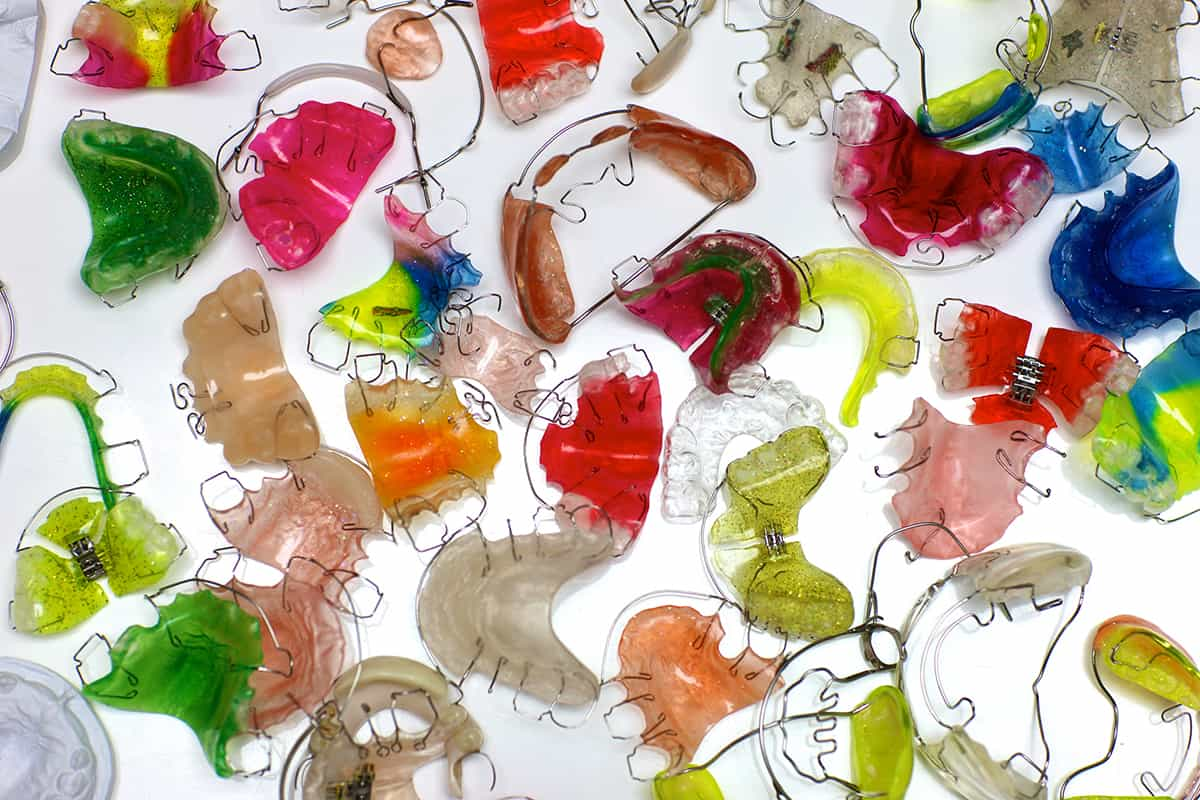
Dental impressions are negative reproductions of the teeth and adjacent structures. (1)
The more adjacent structures an impression records, the greater the extent of the impression will be.
The extent of an impression is therefore a physical-anatomical-volumetric characteristic.
An extensive impression records the details even of anatomical structures that are very distant from the teeth or the primary structures to be recorded.
Extensive impressions: examples and clinical application settings
Certain clinical settings call for an impression with a considerable extent, i.e. that is able to record even details that are distant from the teeth or the main focus (edentulous crests, implant transfers, etc.).
A classic example of an extensive impression is the first impression that is taken during a prosthetic rehabilitation with a full removable denture, when it is necessary to completely record the basal area of the edentulous jaw bones, the full extent of the vestibular fornices and the anatomical elements that will support the future prosthesis. (2)
Another clinical setting requiring an extensive impression, and therefore in which the structures adjacent to the teeth are recorded properly, regards impressions for certain types of functional appliances.
The characteristics impressions for functional appliances must possess
Impressions for functional appliances must have certain characteristics.(3)
- First and foremost, they must have a good extent and therefore be able to record, not only the teeth and alveolar processes, but also the soft tissues and the adjacent anatomical structures.
- At the vestibular level, the impression must properly include the vestibular fornices and the muscle insertions, as well as the structure and insertions of the frenula. At the medial level, it is not necessary to carry out the active functional movements required when taking classic functional impressions for full removable dentures (4), because it is important not to excessively displace the soft tissues.
- When taking impressions for the fabrication of myofunctional orthodontic appliances, the tissues should never be displaced, because this would alter the reference myofunctional setting on which the appliance is to be made.
- Since the appliance works by altering the normal myofunctional pattern, it must be fabricated using extensive but passive impressions that do not contain any type of alterations or distortions.
- It is therefore important to choose a suitably-sized impression tray (that is therefore unlikely to displace the tissues), or a custom impression tray.
Although no mention is made of intraoral scanners in the literature, this is one of the critical applications of this technology, precisely due to the nature of the tissue to be scanned and the fact that the tip would inevitably displace the tissues.
The Zhermack solution for orthodontic impression-taking
The Zhermack solution for orthodontic impression-taking is Orthoprint.
Orthoprint is an extra-fast alginate that is recommended for orthodontics by 97% of users. (5)
A limited time-in-mouth, which is well-tolerated by patients (5), combined with high elasticity and a vanilla scent that is pleasant for children (6), are the distinctive characteristics that make it ideal for paediatric dentistry and orthodontics.
Do you want more information?
Discover the materials and strategies for impression-taking in children
We will now back up and take a closer look at what is meant by functional orthodontic appliances. (7)
What is meant by “functional” appliances?
The term “functional appliance” refers to a vast and diverse family of orthodontic devices designed primarily for class II malocclusions. This type of orthodontics was introduced in Europe around 1930 and subsequently spread to the rest of the world. (7,8)
The term “functional” derives from the fact that the aim of these appliances is to modify function. Indeed, they are designed to change the muscle pattern, which contributes to the function and position of the mandible, in order to transmit forces to the teeth and basal bone. (8)
These muscle forces are typically generated by altering the position of the mandible at sagittal and vertical level, resulting in orthodontic and orthopaedic changes.
From the Andresen activator to Frankel’s functional regulator
There are two main categories of functional appliances: fixed and removable. Then there is a whole host of appliances that are named after their inventor or have a name that sums up the philosophy associated with the appliance.
Over time, some removable functional appliances have become very well known. A prime example is activators, particularly the most famous kind, i.e. the Andresen activator (9), a monoblock appliance invented back in 1908.
The Andresen activator led to the development of a multitude of monoblock appliances, of which the best-known include the Bionator (10) and the Bass (11) appliances, as well as a number of two-piece appliances, such as the famous Twin Block appliance (12).
Amongst the functional appliances, Frankel’s (13) functional regulator encompasses several myofunctional concepts, making it worthy of a separate mention.
As a matter of fact, this appliance is designed to have very little contact with the teeth: it is characterised by a metal framework with vestibular shields and anterior lip pads that hold the lips and cheeks away and therefore alter normal perioral muscle activity.
Frankel developed this appliance for continuous wear in combination with perioral muscle exercises. Of all functional appliances, Frankel’s functional regulator is probably that which best meets the definition of “functional appliance”. (7)
Characteristics of activators
Although there are a great many types of activators, they all share the same functional principle.
Activators change the mandibular closure pattern, whose repetition is thought to result in musculoskeletal adaptation and oral musculoskeletal re-education.
By bringing the mandible forward, the appliance generates biomechanical forces, as the muscles attempt to take the mandible back to its initial position.
As the appliance is loose-fitting, the patient is forced to activate their elevator muscles, in order to keep the device in place. (7)
The rationale behind this appliance is that the forces generated are expressed on the dental arches through the acrylic resin chute of the appliance. From here the forces act on the periosteum and therefore the basal bone, thus countering the forward growth of the upper jaw while stimulating the growth of the lower jaw.. (8)
The importance of impressions for appliance effectiveness
The concepts of function and muscle pattern have resulted in the development of a number of appliances, which aim to act at orthodontic and orthopaedic level through simple myofunctional changes.
The effectiveness of most of these appliances stems from the activation of the patient’s oral and perioral muscles.
For these devices to be effective, they must be fabricated based on impressions that include the soft tissues properly and without excessive distortions.
References
- https://www.academyofprosthodontics.org/lib_ap_articles_download/GPT9.pdf
- Marino G, et al. Moderno trattato di protesi mobile completa. ed Martina, pag.177, 2013.
- McNamara Jr, J. A., & Huge, S. A. (1981). The Fränkel appliance (FR-2): model preparation and appliance construction. American Journal of Orthodontics, 80(5), 478-495.
- Malachias, A., Paranhos, H. D. F. O., Silva, C. H. L. D., Muglia, V. A., & Moreto, C. (2005). Modified functional impression technique for complete dentures. Brazilian dental journal, 16, 135-139.
- Key-Stone Italia survey, 2019
- Zhermack Italy and Germany survey, 2019
- DiBiase, A. T., Cobourne, M. T., & Lee, R. T. (2015). The use of functional appliances in contemporary orthodontic practice. British dental journal, 218(3), 123-128.
- Bishara, S. E., & Ziaja, R. R. (1989). Functional appliances: a review. American Journal of Orthodontics and Dentofacial Orthopedics, 95(3), 250-258.
- Schmuth, G. P. (1983). Milestones in the development and practical application of functional appliances. American Journal of Orthodontics, 84(1), 48-53.
- Rudzki-Janson, I., & Noachtar, R. (1998, March). Functional appliance therapy with the Bionator. In Seminars in Orthodontics (Vol. 4, No. 1, pp. 33-45). WB Saunders.
- Cura, N., & Saraç, M. (1997). The effect of treatment with the Bass appliance on skeletal Class II malocclusions: a cephalometric investigation. European Journal of Orthodontics, 19(6), 691-702.
- Mills, C. M., & McCulloch, K. J. (1998). Treatment effects of the twin block appliance: a cephalometric study. American Journal of Orthodontics and Dentofacial Orthopedics, 114(1), 15-24.
- Gianelly, A. A., Brosnan, P., Martignoni, M., & Bernstein, L. (1983). Mandibular growth, condyle position and Fränkel appliance therapy. The Angle Orthodontist, 53(2), 131-142.
Do you want more information on Zhermack Dental products and solutions?
Contact us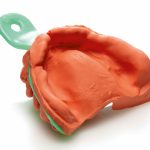
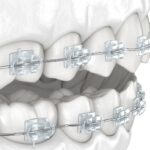
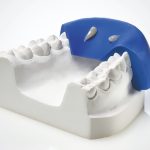
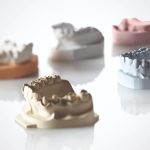

 Zhermack SpA has been one of the most important producers and international distributors of alginates, gypsums and silicone compounds for the dental sector for over 40 years. It has also developed solutions for the industrial and wellbeing sectors.
Zhermack SpA - Via Bovazecchino, 100 - 45021 Badia Polesine (RO), Italy.
Zhermack SpA has been one of the most important producers and international distributors of alginates, gypsums and silicone compounds for the dental sector for over 40 years. It has also developed solutions for the industrial and wellbeing sectors.
Zhermack SpA - Via Bovazecchino, 100 - 45021 Badia Polesine (RO), Italy.


